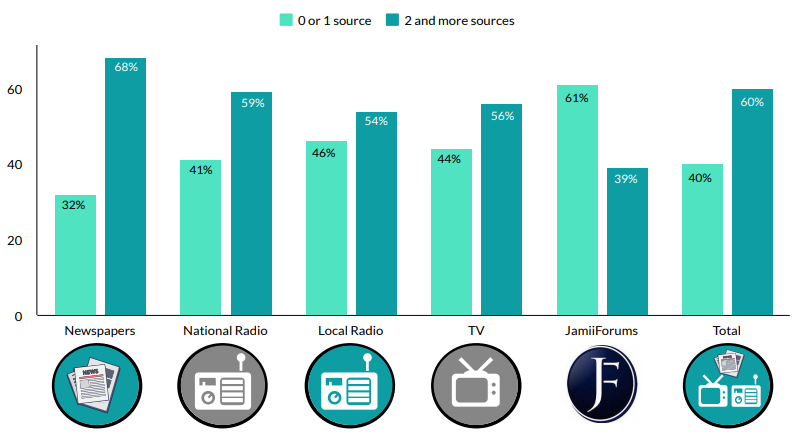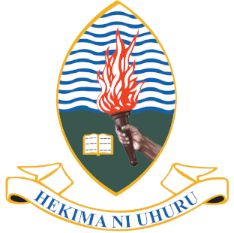In 2019, 40% of all the sampled units had only one source. The minimal requirement to have “2 or more sources” was only fulfilled by 60% of the units. Newspapers lead in this category (68%), followed by the National Radio (58%), TV (56%) and Local Radio (55%). Comparatively, the problem of having multiple sources seems to be growing as all media genres had a lower score in multiple sourcing compared to 2018. All the media have used fewer sources than in 2018, on average 5% less “2 sources or more”. TV suffered the most (by 12% points), followed by print (9% points), and radio by just 3-5%.
Multiple sourcing

